screen
Latest

Samsung's first 3D Cinema LED screen launches in Swiss theater
Want to watch 3D movies at the theater without the picture quality limitations that come with projectors? You'll want to plan a trip to Switzerland. Samsung's 34-foot 3D Cinema LED screen has premiered at Arena Cinemas' Silhcity theater in Zurich, promising moviegoers 3D without the usual drawbacks (and, hopefully, a few perks). It promises 10 times the peak brightness of projectors while retaining the full 4K resolution and consistent picture quality, avoiding the usual problems with dim, low-resolution 3D images that vary based on where you're sitting. HDR video support and JBL Professional audio help, too.
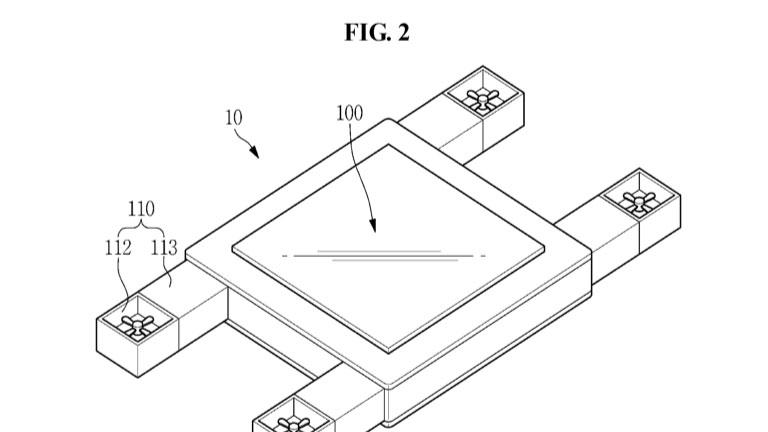
Samsung patents a flying screen that could be used for hovering video
Samsung was awarded a patent by the US Patent and Trademark Office last week for what it's calling a "flying display device." The patent, spotted by LetsGoDigital, was filed for in 2016 and describes a drone-like device with a screen that could be capable of streaming video, like, for example, broadcast television, but, as The Verge points out, it could also presumably be used as a hovering advertisement display. According to Samsung's patent, the flying screen would be supported by four propellers and could have features like voice recognition, a vibration system, an obstacle detection unit with a camera or a sensor as well as gyro, motion and accelerometer sensors. And the display could be a range of devices, including a tablet, a laptop or a mobile medical device.

Samsung created a 3D version of its 34-foot cinema LED screen
Last year, Samsung unveiled its Cinema LED Screen, a giant, 34-foot screen that can be used in theaters in place of traditional projector systems. Now, Samsung has announced that it has created a 3D version of that screen and it brings all of the image quality benefits of the Cinema LED Screen as well as some added bonuses like less dizziness and fewer headaches compared to typical 3D cinema viewing experiences.
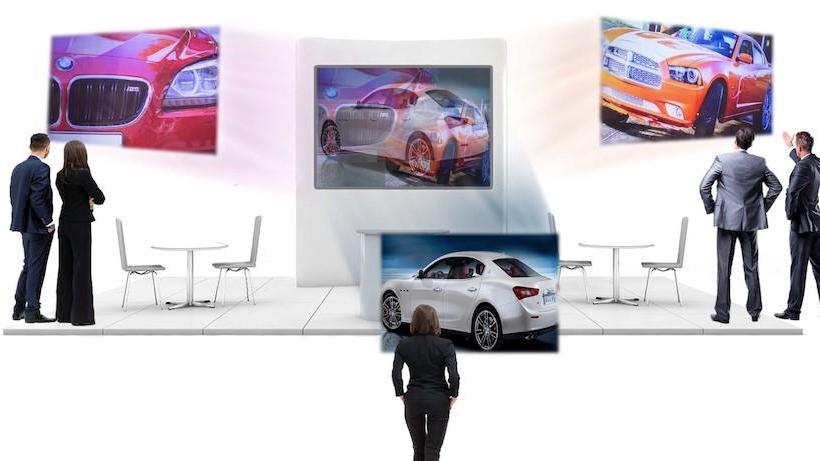
This projector screen lets you watch two (or more) movies at the same time
As it happens, one of the wildest -- and most divisive -- things I've seen at CES so far doesn't have wires or draw power or even turn on. MirraViz is a company out of Fremont, California that specializes in producing a very specific kind of projector screen that lets multiple people watch different videos at the same time. We're not talking about picture-in-picture, either: What you get to see depends entirely on where you're sitting.
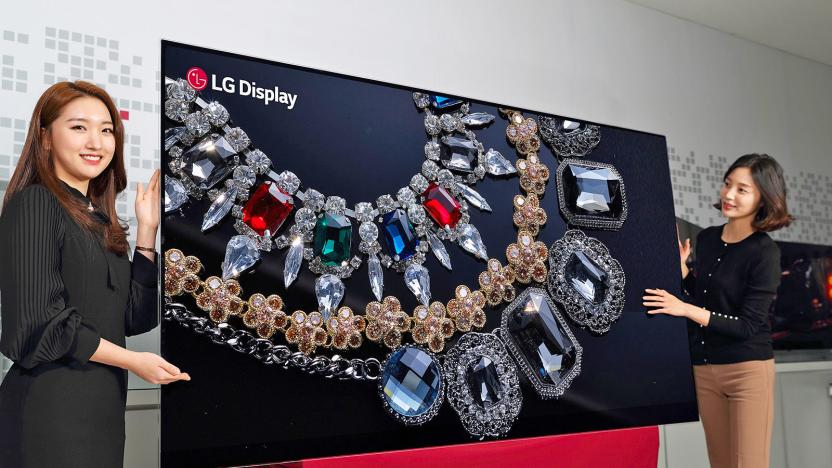
LG shows off the world's first 88-inch 8K OLED display
Just as 4K and HDR are finally going mainstream, the ambitious folks at LG Display have also been busy pushing their OLED technology to 8K. Come CES, the Korean manufacturer will let attendees get up close with its new 88-inch 8K OLED display (can we just call it the "Triple 8?"), which is both the largest and the highest-resolution OLED panel to date. But as far as specs go, that's all we have for now. Previously, the largest OLED screen size was 77 inches, and it "only" came in 4K. While this combination is currently offered to consumers by the likes of LG Electronics, Sony and Panasonic, they all source their large OLED panels from LG Display.
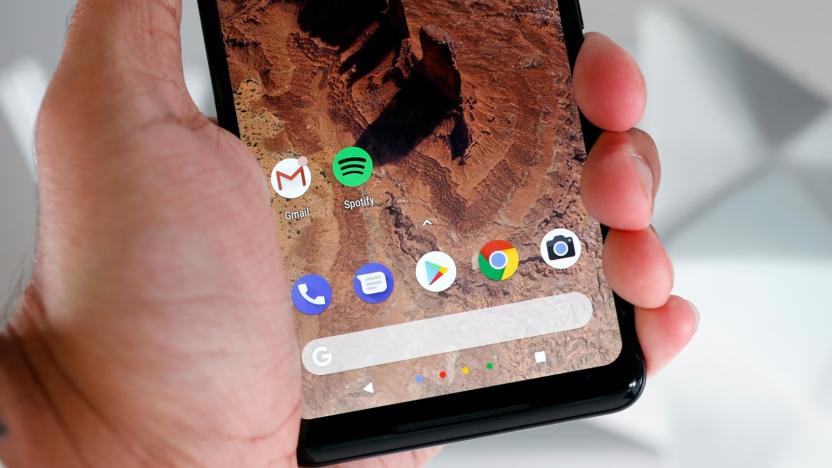
Google looks into reports of Pixel 2 XL screen burn-in problems
It's well-known that OLED displays can suffer from screen burn-in if objects regularly remain on screen for long periods -- that's why Samsung uses tricks like shifting the home button on newer phones. It's not supposed to crop up mere days after you've brought a device home, however, and that's what has Google and owners concerned about the Pixel 2 XL. Google told Android Central that it's investigating reports (including from AC's own Alex Dobie) of the 2 XL's P-OLED screen apparently suffering burn-in after roughly a week. It's not offering a verdict on the issue at this stage, but it stresses that it puts products through "extensive quality testing."

Google considers 'fixing' the Pixel 2 XL's display colors
While Google's Pixel 2 XL has generally been well-received, there have been some complaints about its LG-made P-OLED screen. It's supposed to reflect "natural" colors, but many see it as downright dull after years of seeing extra-punchy OLED displays from Samsung and other phone makers. What if you want that explosion of color? You might just get it. A Google spokesperson tells 9to5Google that it's considering adding color options to the Pixel 2 XL beyond the "vivid colors" toggle you see today. It knows that some users want more saturation, and it's open to software updates to add that "if that makes the product better." Nothing is set in stone, then, but it's promising.
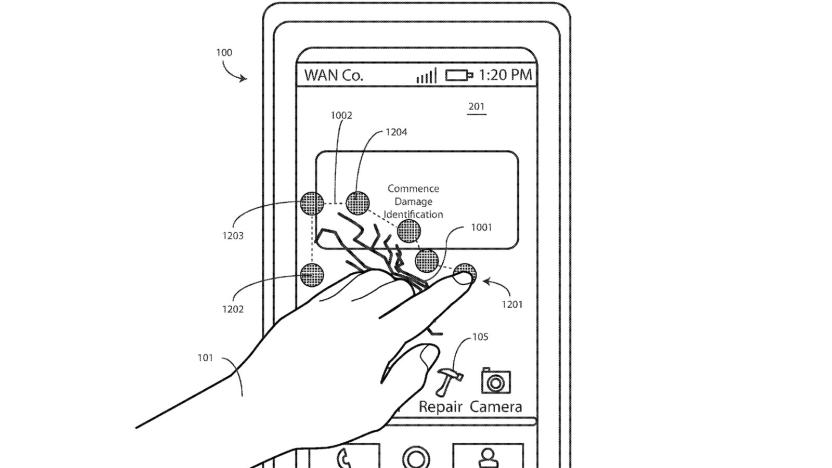
Motorola designed a phone screen that repairs itself
Motorola doesn't just want to make phone screens that are shatter-resistant... if it has its way, what cracks that do show up could be fixed on the spot. It recently applied for a patent on a phone screen whose shape memory polymer heals damage when you subject it to rapid changes in heat. The phone itself could produce the heat (Motorola even envisions an app that tells the phone where to start repairs), but your body heat, a dock or a plug-in panel might also work.

ASUS ZenScreen is the slickest USB monitor I've ever seen
ASUS is known for its design chops, so much so that it could turn even a router into an eye candy. The same goes for its latest USB monitor, the ZenScreen (MB16AC), which turned up on the show floor here at Computex in Taipei. This 15.6-inch, 1080p IPS device is the slickest of its kind I've ever seen, which is largely thanks to its slim 6.5mm bezel, as well as the addition of a metallic chin on the front and the usual spun-metal back. It also helps that the buttons have been moved to said chin -- "Confirm" and "Menu" on the left, "Power" on the right -- in order to keep the edges clean, leaving just a USB-C port on the bottom left side.
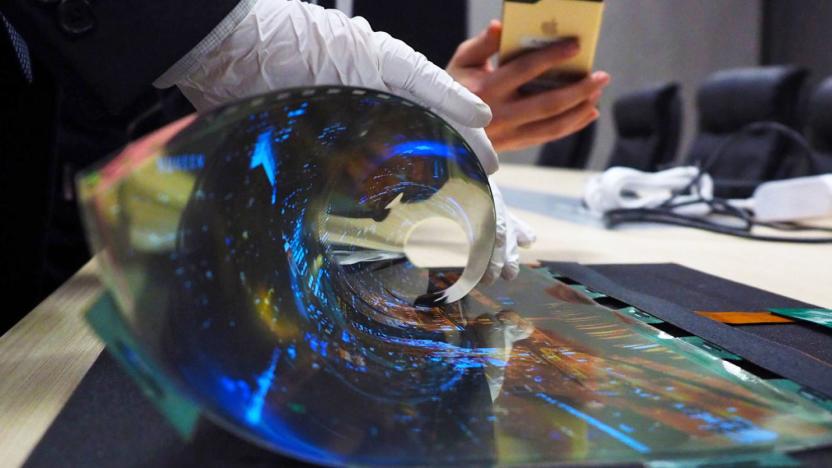
Graphene is the key to tougher flexible OLED displays
You can already find flexible displays in your phone or smartwatch, but there's a good reason you don't find them everywhere: the transparent electrodes in many OLED screens are too fragile to take a lot of abuse. That might change in the long run, though. South Korean researchers have made the first OLED panel that uses graphene for its electrodes. The hyped wonder material is both flexible and shouldn't chip, which is more than a little important for a display that you're going to bend and twist. This will ideally lead to displays woven into your clothes, or next-generation wearables that can take a lot of punishment.
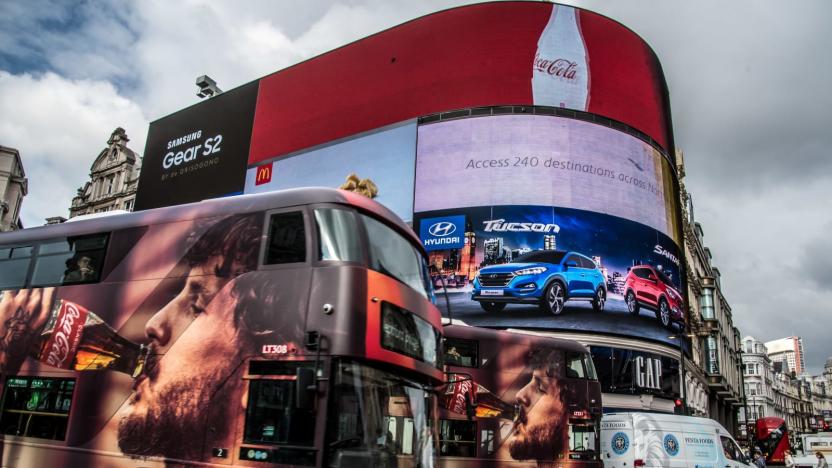
London's iconic Piccadilly Circus will go dark next month
Since 1908, London's Piccadilly Circus has been home to illuminated signs and advertising billboards. As time went by, incandescent light bulbs gave way to neon lights, eventually ending up with six massive LED displays (Piccadilly Lights) that you see today. From January 2017, however, the Lights will be switched off for the longest period since the Second World War to make way for the largest single digital screen Europe has ever seen.

AT&T's insurance plan will soon repair busted phone screens
If you have insurance on your phone and smash the ever-loving tar out of the screen, you normally have to file a claim, pay a deductible and wait for a replacement device. Bleh. AT&T and its insurance provider Asurion, however, are trying something a little different. As of November 15, people paying to insure their phones can shell out $89 to -- schedule permitting -- have a technician repair that display that very day.
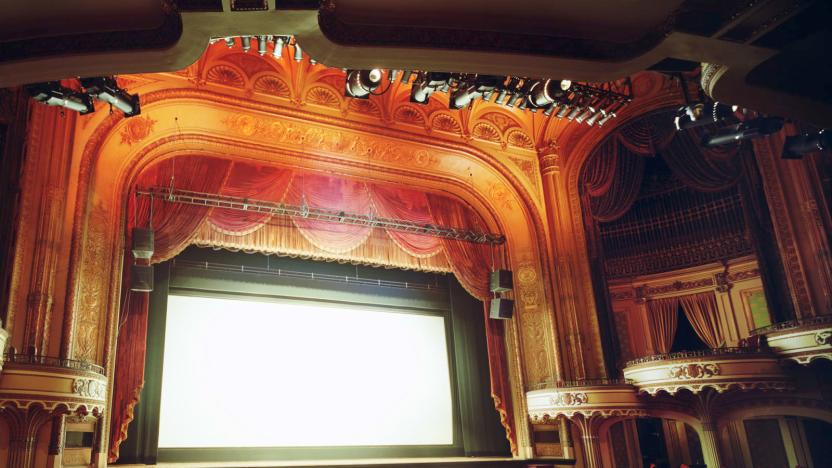
Scientists create glasses-free 3D for the movie theater
Watching glasses-free 3D on a TV is no longer an outlandish concept, but that hasn't been true for movie theaters. How are you supposed to create the same parallax effect for everyone, whether they're up front or way in the back? Researchers at MIT CSAIL and Israel's Weizmann Institute for Science finally have a practical answer. Their Cinema 3D tech creates multiple parallax barriers in a single display, using lenses and mirrors to deliver a range of angles across the whole theater. And unlike previous attempts at large-scale glasses-free 3D, you don't have to take a hit to resolution.
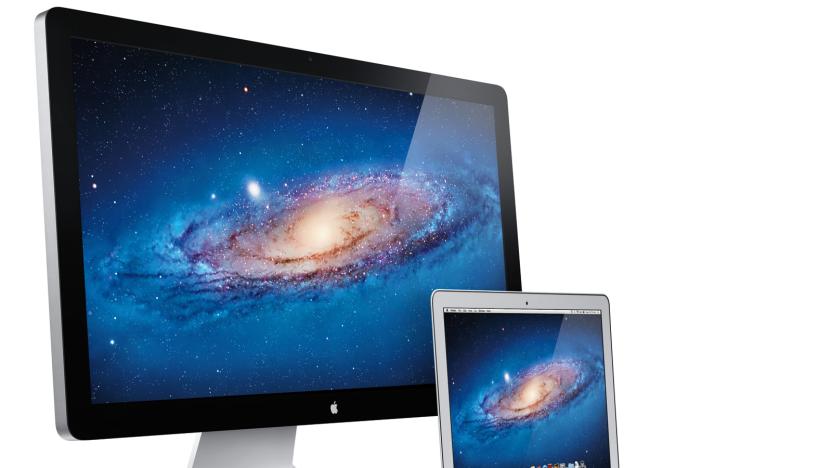
Apple stops selling the Thunderbolt Display
We hope you weren't dead set on getting an Apple monitor to go with your Apple computer. The company has discontinued the Thunderbolt Display after keeping it on the market for nearly 5 years. Apple didn't say why it was dropping the 27-inch screen in a statement provided to us and our colleagues at TechCrunch. However, it does note that the Thunderbolt Display will only be available in stores "while supplies last," and that there are a "number of great third-party options" available if you need a stand-alone monitor.

I salvaged my shattered iPhone with a 'Band-Aid' screen cover
After a BBQ last Sunday (there may have been alcohol), I dropped my phone. Multiple times. And I wasn't lucky. Although my iPhone 6 Plus has suffered tiny hairline cracks in two of the corners, this time the drops were critical hits resulting in a spiderweb of substantial cracks, the majority of them around the bottom right corner -- you know, where your thumb always is. Typing on it meant risking a tiny shard or two cutting into my thumb, and even when I avoided that, those cracks still irritated my fingertips. Touch functions were also impaired. Google Maps was not cooperating. While the brunt of the damage was in the lower corner, the drop had also crippled my front-facing camera. Perhaps the camera leaves the screen structurally weaker there, or was this the universe's way of saying I'd taken one too many self-portraits?

Extra-thin LEDs put a screen on your skin
Eventually, wearable displays might be so thin that they effectively blend into your skin. University of Tokyo researchers have developed an optoelectronic skin whose polymer LEDs and organic photodetectors are so thin (3 micrometers) that they practically blend in with your body. If it weren't for the thin film needed to attach the display in the first place, it'd look like a tattoo. The technology more efficient than previous attempts at these skins, running several days at a time, and it's durable enough that it won't break as you flex your limbs.

The other CES 2016 trend: Put a screen on it
Wearables, 4K and 8K TVs, connected homes, and self-driving cars may be the mainstream themes dictated by multimillion-dollar corporations. But sometimes a concept pervades all corners of CES, from plucky startups to multinationals. This year: Put a screen on it. Adding a screen to something that usually exists without one seemed to pop up again and again. It's not always a bad idea, but it's nearly always an unusual one.

ASUS offers yet another curved monitor plus a 4K display
It's CES, so of course ASUS is going to show off a bunch of brand spanking new screens. In addition to the world's first USB Type-C portable monitor, the Taiwanese giant is also launching two stylish Designo MX Series IPS displays. On the left we have the 27-inch MX27UQ, which is basically a 4K refresh of the earlier MX27AQ and shares the same set of features: 100 percent sRGB wide color gamut, TÜV Rheinland certification for low blue light emission plus no flicker, and two 3W speakers powered by Bang & Olufsen's ICEpower. Luckily for us, there is one new feature here: You can stream Bluetooth audio to this monitor's speakers, which is a nice little bit of extra versatility. And for those who care, this model comes in an "Icicle Gold" finish as well.

Here's the world's first monitor running on just USB Type-C
Single-cable USB monitors have been around for a while, so it was only a matter of time before someone came up with a USB Type-C update. As it turns out, ASUS is the first to announce such a product. Following the MB168B+ from about two years ago, this new MB169C+ portable display features the same 15.6-inch screen size and 1080p resolution, but the old TN panel has finally been upgraded to IPS for much improved colors and viewing angles. ASUS' iconic spin metal design is here to stay, and likewise with the mere 800-gram weight plus 8.5mm thickness -- just a tad more than its predecessor's 8mm.

Yahoo shuts down its Screen video streaming hub
Yahoo's woes continue as the company shut down Screen, its video service/hub. If you'll recall Screen played a part in reviving Community after NBC cancelled the show and hosted the first NFL livestream of a regular season game. The site's library also included Saturday Night Live clips and a smattering of original content. Those videos aren't going anywhere, though, as Variety reports that the company plans to put them alongside other content with the same topic in its "digital magazines." For example, the Live Nation music channel is headed to the Yahoo Music portion of the site.






